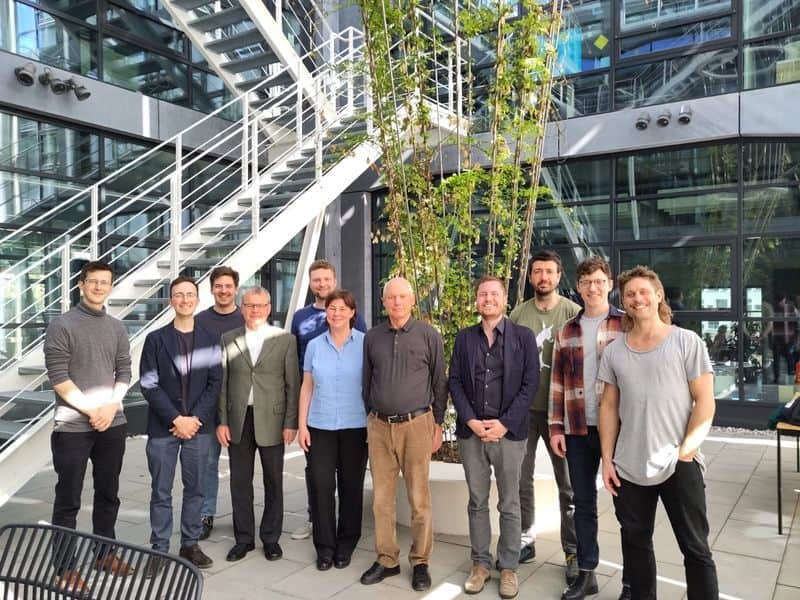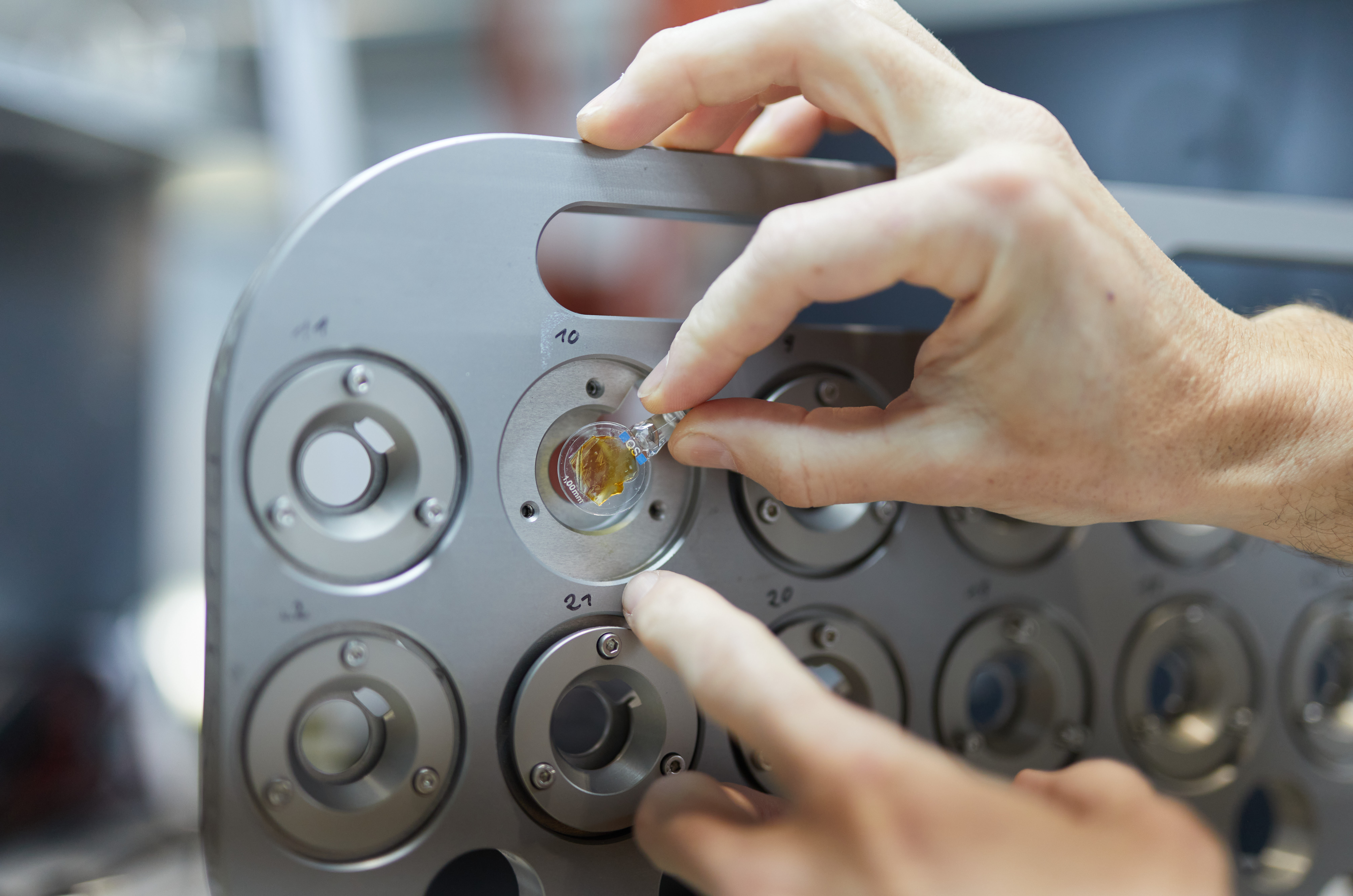
Fraunhofer Institute for Interfacial Engineering and Biotechnology IGB has developed a plasma-based technology, AtWaPlas, to eliminate harmful PFAS chemicals found in soil, water, and everyday products, says Fraunhofer in a press release. Unlike conventional filtering methods, AtWaPlas offers an efficient, low-maintenance, and cost-effective solution by breaking down and shortening PFAS molecular chains using ionized gas.
The technology has been tested using real water samples from PFAS-contaminated areas, demonstrating its potential for practical application on a larger scale. In addition to targeting PFAS pollutants, the plasma method can also break down other harmful substances such as pharmaceutical residues, pesticides, and industrial chemicals.
Innovative Plasma Treatment
The AtWaPlas project utilises a cylindrical construction for the plasma process, which consists of a stainless steel tube as the ground electrode, an outer copper mesh acting as a high-voltage electrode, and a glass dielectric protecting the copper mesh from the inside. A small gap filled with an air mixture is left between the electrodes, which is converted into plasma when a voltage of several kilovolts is applied.
One of the main advantages of the AtWaPlas technology over conventional methods, such as active carbon filtering, is its ability to completely eliminate harmful substances without any residue. Active carbon filters can only bind the pollutants, requiring regular replacement and disposal, while AtWaPlas offers a more efficient and low-maintenance solution.
Fraunhofer researchers have tested the plasma purification process with real water samples from PFAS-contaminated areas.
Future Developments and Scaling Up
Following the initial success of the pilot-scale tests with a 5-litre reactor, the Fraunhofer team is now working with their research partner to further optimize the process. The current objective is to completely eliminate toxic PFAS by extending process times and increasing the number of circulations in the tank. The team also aims to make the AtWaPlas technology available for practical application on a larger scale.
Future applications for AtWaPlas could include standalone purification stages in sewage treatment plants or portable containers on contaminated open-air sites. This revolutionary plasma technique has the potential to significantly improve the treatment of PFAS-contaminated water and other harmful substances, paving the way for a cleaner and safer environment.







